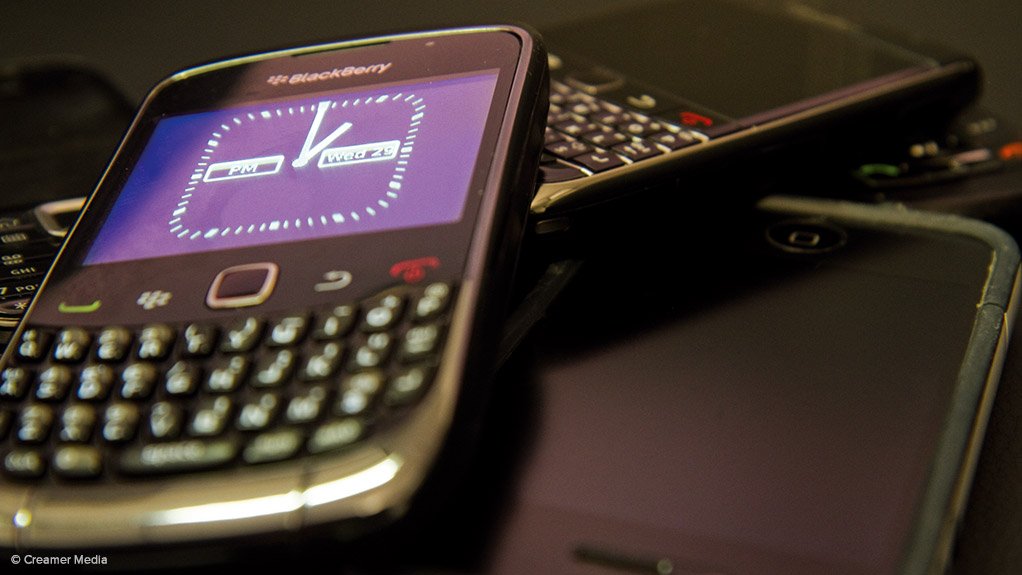
MOBILE DATA GROWTHMobile businesses must embrace mobile marketing strategies as five billion people are expected to connect to the Internet using smart phones in the next seven years
Photo by: Duane Daws
Mobile businesses must embrace mobile marketing strategies within three years or risk being left behind as five-billion people are expected to connect to the Internet using smartphones in the next seven years, says mobile data analysis and marketing company ZapFi CEO Gery Pollet.
“There is significant growth predicted for the mobile data and mobile device industry. Data from mobile devices will grow apace and is already the dominant form of connectivity in many countries.”
However, this new marketing channel requires approaches that entail shaping the message to match the user.
ZapFi captures, anonymises (removes information that can identify individual users) and aggregates mobile wireless fidelity (WiFi) data, analyses it and then uses user information gleaned from this to send targeted marketing messages to specific types of users.
“Personal privacy is highly protected under European legislation and, thus, we do not provide companies with any individual’s information. However, companies can send out targeted messages to, for example, users who have demonstrated a predilection for wines through Web surfing patterns. Wineries can then send vouchers or marketing messages to these types of users, improving brand awareness and customer experience,” explains Pollet.
Users do not need to download any appli- cations and the messages and vouchers appear on their screens when they enter the free WiFi zone of the retail stores (typically large retailers), financial institutions, restaurants, bars and cafés and leisure and entertainment enterprises, such as golfing estates and shopping malls.
“Our model is based on providing free WiFi to users on the premises of these companies and then anonymising and analysing the data to provide information and insight to these companies around customer behaviour, enabling them to improve their offers to their broad customer base, as well as to specific segments of their customer base.”
Though the unique media access control addresses of mobile devices enable the targeting of individuals, the aggregation and removal of individual identifying infor- mation ensure that enterprises can send promotions to only a targeted specific user type or subset of clients, not individuals, says Pollet.
This removal of information that can lead to identification is common best practice in the evolving industry of mobile data analysis and marketing, he emphasises.
Further, this growth in mobile data and device capabilities will also enable more use of the geographic information of users, enabling localised promotions, and the proliferation of connected devices will lead to new uses of mobile data processing.
For example, cars are increasingly becoming more connected and this holds the potential to improve customer services and customer loyalty by automotive manufacturers through service interval management for the customer and renewal promotions. Connected cars will also become new revenue streams for entertainment companies, as each passenger can play games or watch entertainment.
“The analysis and use of mobile data are already leading to more personal and choice-based interaction between the users and companies. Companies must adopt a mobile strategy, as this will become the dominant form of connectivity, and begin to engage with their users through analysis and the use of mobile data,” concludes Pollet.